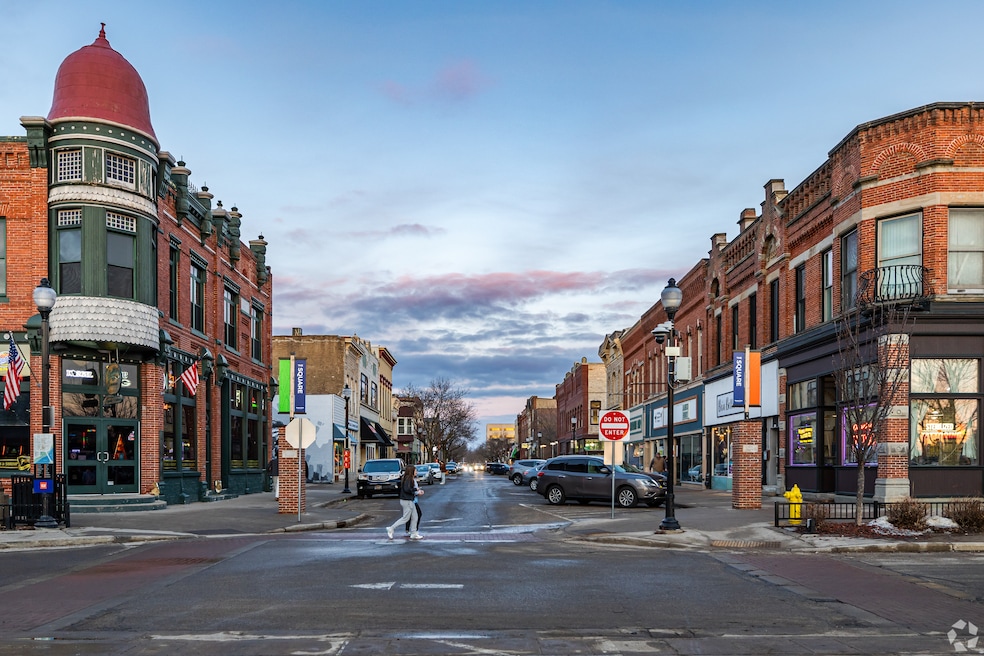New research has found a large disparity in home equity in the Midwest, with some markets boasting equity-rich homes while others have a high number of properties with underwater loans.
Nationally, home equity is up and historically healthy, according to data provider ATTOM’s latest home equity report. The firm attributed the trend to rising home values over the past 13 years, and housing analysts have said the pandemic also helped spike home values.
Nearly half of U.S. homeowners were equity-rich, ATTOM said, meaning the value of their home exceeded their mortgage by at least half. Equity is calculated by subtracting a homeowner’s mortgage from the value of a home, so owners gain equity by seeing their home value rise. On the other hand, homeowners can be underwater in their equity, meaning their mortgage exceeds their home's value.
“If you’re underwater, that really limits your ability to sell your home, limits your ability to refinance your mortgage,” Geoff Smith, executive director at the Institute for Housing Studies at DePaul University, said in an interview.
The states with the highest equity-rich rates were Vermont (85.8 percent), New Hampshire (60.5 percent), Rhode Island (59.8 percent), Montana (59.4 percent), and Maine (58.9 percent).
The states with the lowest equity-rich rates were Louisiana (20.3 percent), Maryland (31.4 percent), Illinois (31.5 percent), Alaska (31.7 percent), and North Dakota (31.9 percent).
According to ATTOM's report, three out of the five counties with the most equity-rich properties were in the Midwest: Benzie County, Michigan; Manistee County, Michigan; and Portage County, Wisconsin.
Both Michigan counties are rural and on the coast of the state’s Upper Peninsula. They neighbor one another.
The median value of owner-occupied homes in Benzie County as of 2023 was $254,400, and for Manistee County, it was $166,600, according to data from the U.S. Census Bureau’s American Community Survey. Most owners moved into these counties between 2000 and 2017.
The longevity in these homes could give owners more time to increase equity and gain value. Both also have a median age of 50, and older buyers typically have more equity and stronger finances, allowing them to place larger down payments.
Portage County, containing Wisconsin’s metro area of Stevens Point, saw a 6% year-over-year increase in median home prices, according to Homes.com's April data, with a median single-family home price of $264,950 but a much lower median age of 37. This county experienced an uptick in residents moving in after 2018, giving a boost to values amid higher housing demand.
Midwest sees steadier appreciation
The Midwest also had some of the most severely underwater areas, ATTOM data shows. It all comes back to home values, and the Midwest has seen a steadier appreciation compared to other regions, according to Smith. The Sun Belt, for example, has seen spiked home values and new construction booms.
“In Illinois, in particular, you can look at slow population growth relative to other parts of the country. That’s a big driver of longer-term slower price growth,” he said.
That’s been changing in the state due to inventory constraint, Smith said, which has pushed values up in recent years. ATTOM data found Illinois’ share of homeowners with underwater equity declined from 5.1% to 4.5% in the fourth quarter.
Cook County, Illinois, home to Chicago, posted some of the lowest shares of equity-rich homes. One ZIP code in Chicago, 60649, which covers the South Shore area, has one of the largest shares of underwater homes at 26.24%.
“I think this does go back in many ways to the subprime mortgage era. You saw a lot of subprime lending happening in predominantly Black neighborhoods in Chicago, and I think this is true in lots of parts of the country,” said Smith. South Shore’s population is 93% Black, according to Census data.
“There was a lot of foreclosure activity in those neighborhoods as well, so a lot of distress, but there were still a lot of folks who continued to pay their mortgages,” Smith said.


